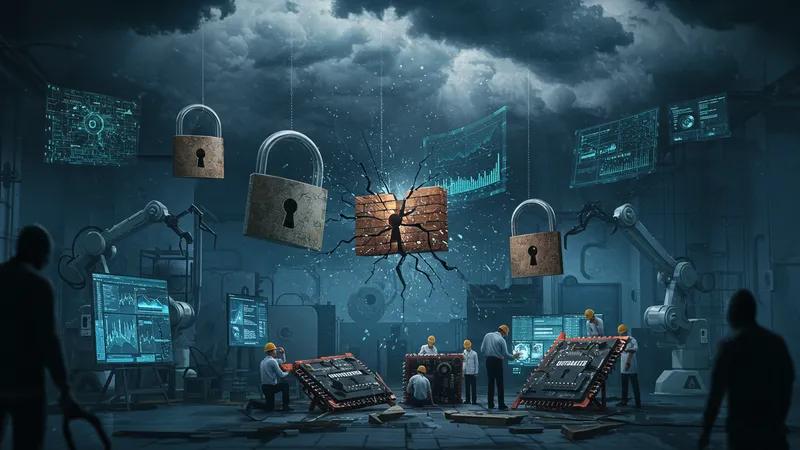
What Are The Top Cybersecurity Risks For Smart Factories In 2025?
Obsolete Cyber Policies: A Ticking Time Bomb
As technology evolves, so must the policies governing its use. Unfortunately, many organizations are shackled by outdated cybersecurity policies that fail to address modern threats. The absence of dynamic policy updates leaves smart factories vulnerable to constantly evolving cyber risks.

A report by cybersecurity experts reveals that 70% of companies update their cybersecurity strategies at a pace far slower than technological advancements. These static defenses can open doorways for cybercriminals to exploit overlooked gaps. It’s a harsh reminder of the gap between policy and practice.
Furthermore, legacy systems prevalent in many factories can become liabilities. These systems often lack patches or are incompatible with newer security measures, turning them into easy targets for sophisticated attackers. Without policy reform, factories can’t fully leverage new technologies to defend against new threats.
Addressing these challenges requires an agile approach to cybersecurity policy development. Governance that anticipates technological shifts and fosters adaptive resilience can prevent factories from becoming cybercrime’s low-hanging fruit. However, even agile policies need constant reinforcement and vigilance to remain effective. These unspoken truths reveal yet another layer below the surface.